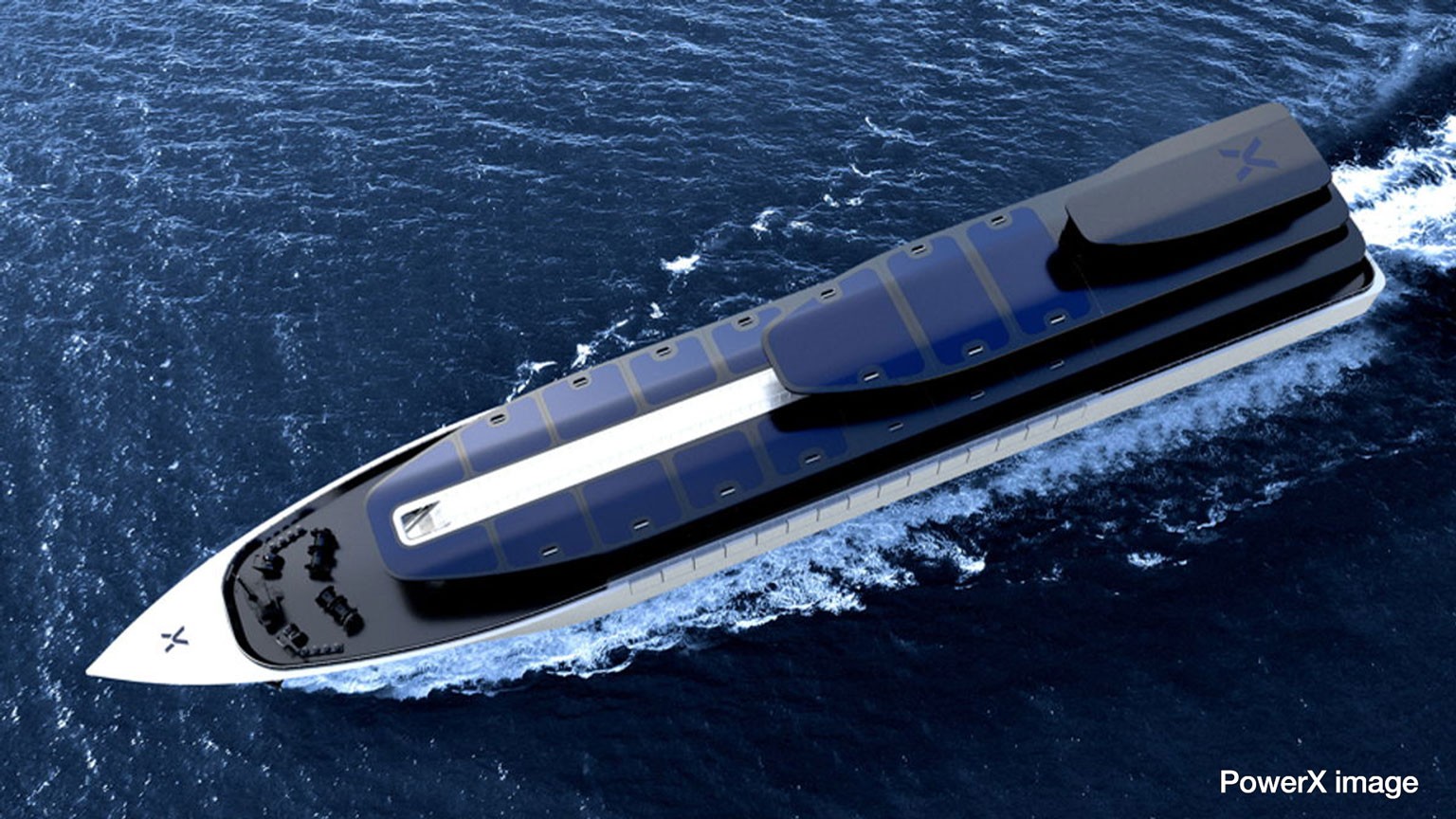The Seto Inland Sea is home to the biggest cluster of shipbuilders and other maritime-related companies in Japan. It also plays host to the Bari-Ship international maritime exhibition, a trade fair that draws hundreds of companies from around the world to the city of Imabari in Ehime Prefecture.
'Electricity ship' lights up trade meet
At this year's event, held in May, much of the buzz was over plans to build a ship that could eventually be used to transport electricity, offering a potentially cheaper and easier alternative to deep-sea cables.
The 140-meter vessel is equipped with 96 large-capacity storage batteries, which can hold a combined 240-megawatt hours of electricity. In practical terms, that's enough to power 24,000 households for a day.

The company behind the ship is PowerX, a two-year-old start-up that was initially created to manufacture and sell large-capacity storage batteries.
The venture is a collaborative effort between more than two-dozen Japanese firms — among them Imabari Shipbuilding, Shikoku Electric Power, and trading house Itochu — as well as individual investors. Together they poured more than 10 billion yen — roughly 70 million dollars — into the project.
Rising to the surface
The ship will eventually be used to transport electricity from renewable energy sources such as wind power, which is expected to play an increasingly important role in Japan's quest to achieve net-zero carbon emissions by 2050.
Electricity from offshore wind farms has to travel to land via underwater cables. And since Japan is prone to earthquakes and has a deep ocean floor along its coast, laying these cables is difficult and costly. The solution, say PowerX officials, is to send the energy by ship.
Delivering over the water, rather than below it, is also a viable option between land masses separated by relatively small bodies of water, as is the case for Hokkaido in Japan's north and Honshu, the main island to its south.
The open and largely undeveloped countryside of Hokkaido makes it particularly suitable for wind power generation, so much so that PowerX estimates by 2050, the island can generate more than 60 gigawatts in renewable energy — roughly equivalent to the amount of power generated by 60 nuclear reactors. The challenge is effectively transporting that energy beyond Hokkaido.
The Japanese government is looking at ways to enhance the power grid linking the northern land mass to Honshu, but upgrades will take time to implement, and according to one estimate, cost 50 billion dollars over the coming three decades.
When the ship comes in
PowerX says its project requires much less than that. The initial target is to get around 70 million dollars in funding. The weight of the batteries means the vessel wouldn't be seaworthy over long distances, but for relatively short journeys, such as the one between Hokkaido and Aomori, the closest prefecture on Honshu, it would be a very cost-effective option.
"If we buy excess electricity at cheap prices and store it on the ship, and if we can deliver it at a low cost, the business will be profitable," says Ito Masahiro, Director, President and CEO of the company.
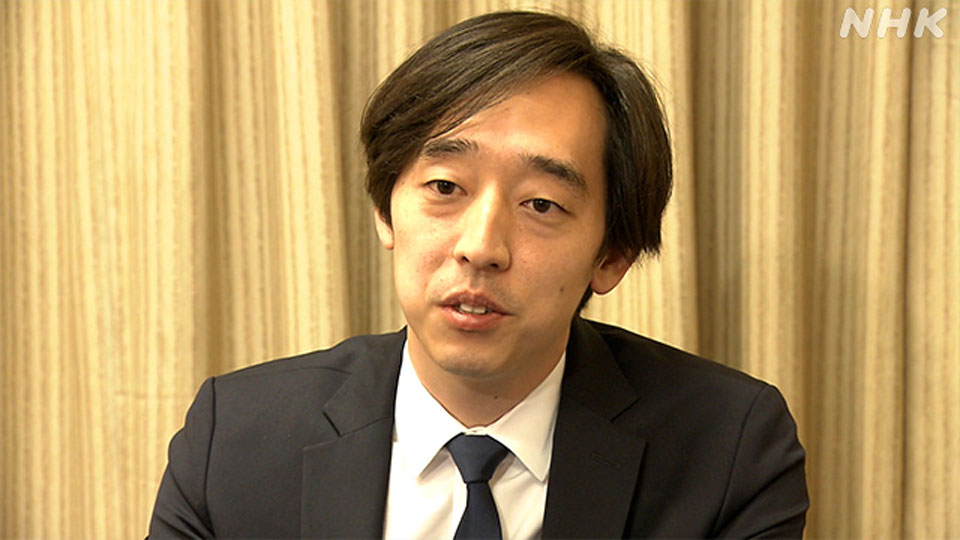
Challenges ahead
One of the biggest hurdles for the project is safety. PowerX will need to demonstrate that a ship carrying almost 100 large storage batteries — potentially hazardous items — is completely secure, and doesn't pose any risks when entering and exiting port.
To this end, officials are working on a control system that will include around-the-clock onshore monitoring to allow for rapid detection of abnormalities and problems, such as if the batteries overheat or leak electrolytic solution.
Assuming it can address this issue and get the necessary permissions, the firm plans to have its first vessel ready by 2025. After that, it may then start to look at opportunities beyond Japan, in particular throughout Southeast Asia.
"Once it's done, we hope the rest of the world — which is facing similar problems — can see our ship, leading to more orders," Ito says.
Digital solution to age-old problem
Another project that caught the eye at the Imabari trade fair was a ship fitted with a group of panels that centralize the data from the many instruments spread throughout the vessel in one place.
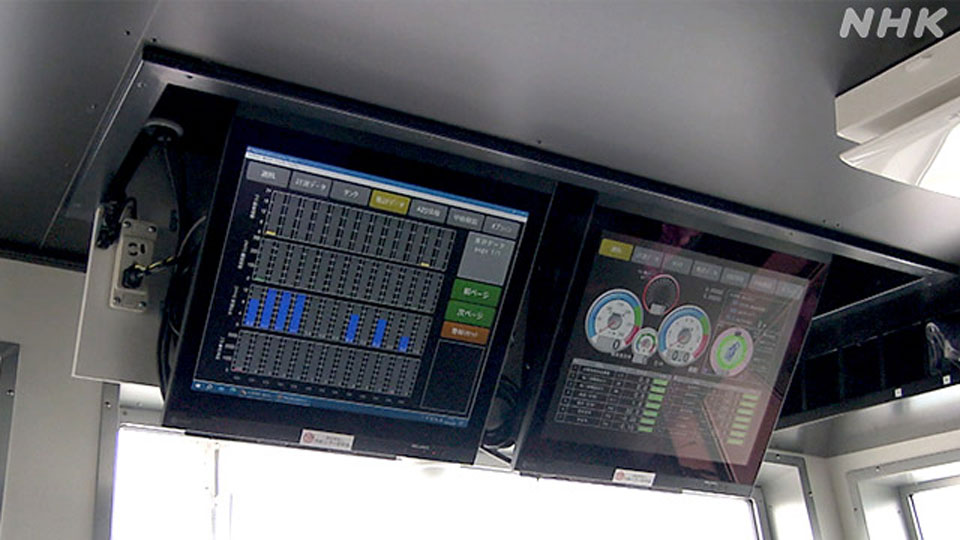
In regular ships, the crew have to move around to take individual readings, a time-consuming and laborious process, but one that is essential to monitor the status of the vessel.
The new craft, completed in May as part of a collaborative effort between a group of firms under the banner Naiken R&D, takes care of this long-standing problem, slashing the number of working hours required to run a ship. In turn, it addresses another problem for Japan's maritime industry — the rapid aging of crews and ever-worsening labor shortage.
Connected to land
The boat is also linked to an operation center on land, meaning any problems on board are also detected there, so replacement parts can be swiftly dispatched.
"It's great that we can tell the status of the ship straight away just by looking at the panels," says Inokuchi Tasuku, the captain of the ship. Hopefully the reduced workload for the crew encourages more young people to sign up."
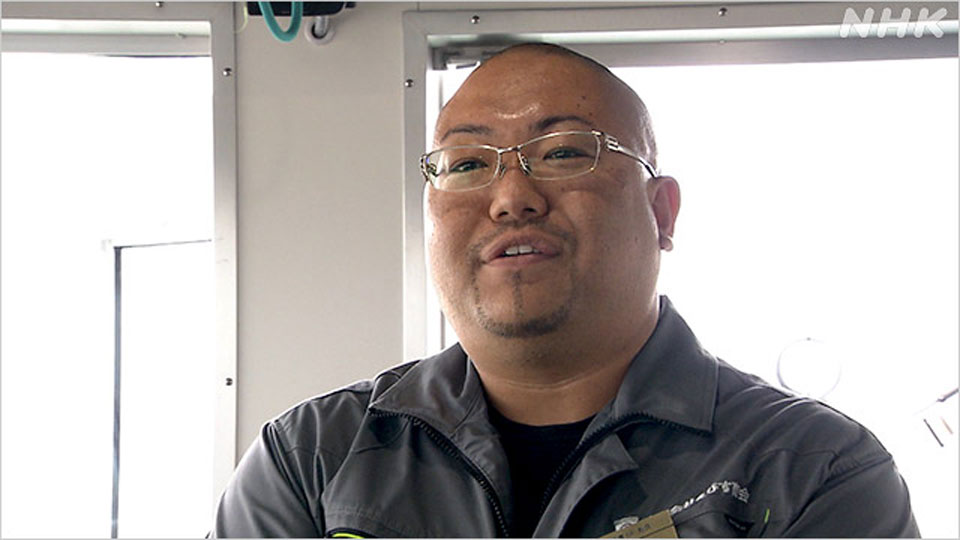
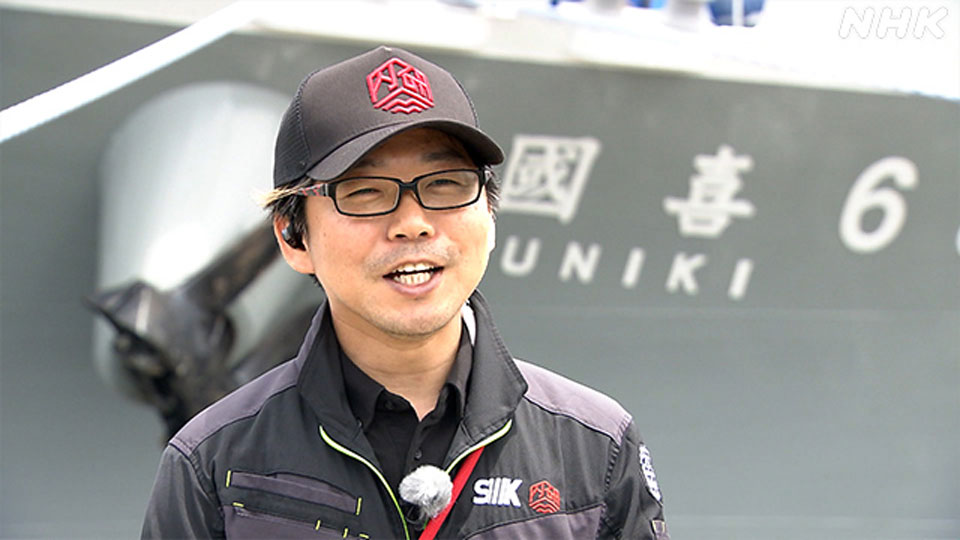
"Typically, each instrument on a ship is developed separately by individual manufacturers," says Sogabe Kota, Executive Director of Naiken R&D. "But now, for the first time, all the instruments are consolidated on this ship. We think we've created a ship of the future, which represents what we have to offer from Imabari."
